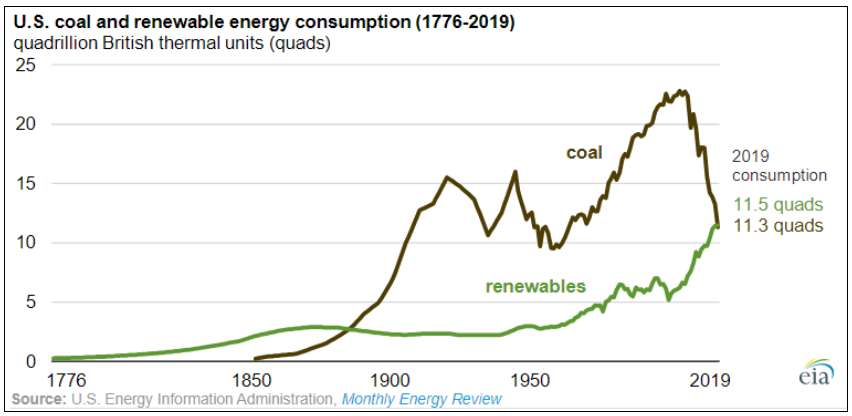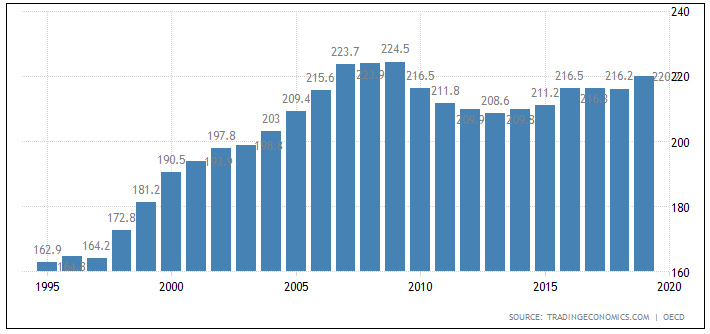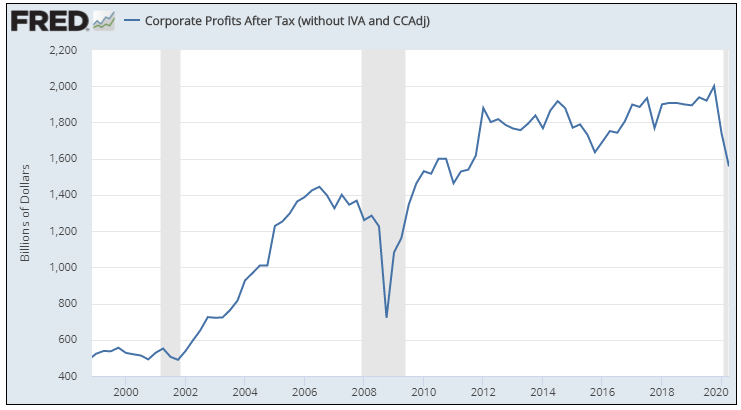Central Bank Digital Currencies (CBDCs) are likely to arrive faster than you think. This is partly because they will not be true cryptocurrencies.
CBDCs will be centralized, whereas true cryptocurrencies are decentralized. This makes a big difference.
The decentralized aspect of a cryptocurrency is what makes it distributed and trustless – meaning there is no requirement to trust a third party in facilitating an exchange. . Because it is decentralized — not governed from a central server or a single place — the user community can claim a kind of mutual ownership of the cryptocurrency. There is no person or entity with total control.
CBDCs, in contrast, will likely run on government servers, with data that is held by a centralized ledger and subjected to a single point of control (and a single point of failure).
The centralized nature of CBDCs will make them easier to develop in terms of “programmable money”-type features and smart contract execution (self-executing agreements at the point of transaction with terms written into the code). This is why CBDCs will happen faster than many expect. They won’t have as many technical hurdles to overcome as true cryptocurrencies do — and they will benefit from the substantial body of smart contract knowledge and digital currency experimentation that has already developed over a period of years.
The smart contract capabilities of, say, Ethereum are comparably much harder to pull off than they will be for CBDCs, because ether (the cryptocurrency of Ethereum) has to do everything in a decentralized manner, in order to stay distributed and trustless as a true cryptocurrency.
Enabling safe, reliable, and fast-executing smart contract features on a decentralized platform is a much bigger challenge than going for a centralized version of the same capability set. Building a complex set of software features to run off thousands or millions of computers, with none in total control, is far harder than having a large store of data in a single place.
But then, the whole point of a CBDC is to grant control to a single entity, or a single combined set of entities — the central bank and the treasury department for the national government running the CBDC. The centralized aspect is a feature in that regard, rather than a bug.
It also makes perfect sense for governments to have full CBDC ownership because that is how existing fiat money works.
If you look at the portrait side of a U.S. dollar bill, you will see “FEDERAL RESERVE NOTE” written across the top, and the signature of the U.S. Treasury Secretary on the right side. That dollar is a “note,” as it says on the dollar itself, which is “legal tender for all debts, public and private,” because it is owned by the U.S. government.
There will still be major technological hurdles involved in a CBDC rollout. But due to the centralized nature of the design — again, these are not cryptocurrencies — those hurdles will be overcome at a much faster rate, especially with the help of private-sector joint development. The world’s largest private payment processors, like Mastercard, are already hard at work on CBDC platforms.
CBDCs will also roll out quickly, and be adopted quickly, because they will have an instant mass market through their connection to fiat currency transactions.
The reason investors have a base currency — a currency they default to when going to cash — is because most of their day-to-day liabilities are priced in that currency.
If you own a house and run a business in the United States, for example, you will probably have a mortgage payment in dollars, and utility payments that are priced in dollars, and an employee payroll that is paid in dollars, and tax obligations that are payable in dollars.
If you are operating out of the European Union, in contrast, all of those things will be in euros. Or if you are in Japan, they will all be in yen. And so, it makes sense that, for your investment accounts, the base currency you use will be the same one that most of your ongoing liabilities are paid in.
Because CBDCs are essentially fiat currency with smart contract features built in — the same as the old dollars or euros, but programmable like software — there will be a seamless transition toward CBDCs for all the uses where fiat currency previously applied.
And this transition will further be seamless to the extent that most account holders won’t have to do anything. Imagine if your bank creates a feature where you can pay your quarterly estimated taxes, or your mortgage payment, with a single click of a mouse.
That kind of instant functionality might be enabled by the rollout of a CBDC — but for the end user of the bank account, it will feel like nothing other than a modest functionality upgrade versus what was available prior.
So CBDCs will roll out faster than many expect in part because they will be centralized — which makes them far easier to pull off from a technological perspective than true decentralized cryptocurrencies — and they will see instant adoption because their use will seamlessly take over from fiat currencies, and all the built-in liabilities that are now priced in one’s home-country fiat unit of account.
The other factor that will accelerate the rollout of CBDCs is a sense of political urgency, on both the geopolitical front and the monetary and fiscal policy innovation front.
On the geopolitical front, Western governments will fear China getting too far ahead in terms of CBDC development and distribution. If China succeeds in locking in economic relationships with countries around the world, cemented by CBDC-based transaction networks that create a lock-in effect, that could tip the global balance of power toward China alone, and away from the West.
And on the policy front, governments will have to get creative in the aftermath of the pandemic, especially with global debt levels at a historic peak and the traditional tools of monetary policy all but exhausted. With interest rates near zero, and different parts of the economy running hot and cold, the appetite is strong for 21st century experimentation.
All of this underscores why CBDCs will be a force to be reckoned with, and why CBDCs will arrive in the West sooner rather than later. But these factors also underscore how CBDCs’ single biggest strength will also prove to be their single biggest weakness.
The centralized, government-controlled, fiat-oriented nature of CBDCs will make them instantly relevant and powerful once they are rolled out. It won’t be a matter of choice, because CBDCs will be unavoidable when the time comes — citizens will be using them whether they like it or not.
But the decision to keep one’s savings in a CBDC, or to hold large quantities of a CBDC as a store-of-value proposition, will be another matter entirely.
Because of their government-controlled nature and fiat currency roots, CBDCs will likely not be desirable as a store-of-value repository at all — unless, of course, the government running the CBDC is making wise policy choices that add to the net prosperity of the nation.
In the future that is coming, it will be increasingly easy to express approval or disapproval of a government’s policies by voting with one’s savings account, which could mean choosing whether to keep one’s savings in the local CBDC or a separate and scarce alternative. The default alternative, on a global scale, is increasingly likely to be Bitcoin.








